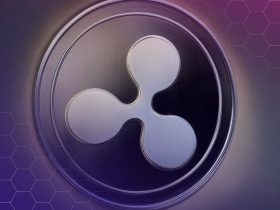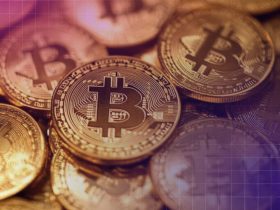Japan is among a lot of countries leading in regulation, says Garlinghouse.

Ripple’s CEO Brad Garlinghouse sees opportunity for stablecoins globally, particularly in Japan. The company is in the process of launching a stablecoin in Japan soon, the executive confirmed to Bloomberg on Friday.
In an interview with the publication, Garlinghouse said that the Ripple-USD stablecoin (RUSD) will be rolling out when the US regulators give a nod.
“Everything Ripple does is in conjunction with regulatory approval and licencing,” he said. “Our expectation has been to move as quickly as we can. But, we’re optimistic.”
Though he had previously indicated that the stablecoin would be launched in “weeks” in the US, he thinks there is opportunity for stablecoin globally.
“Certainly, Japan, approved some legislation a year ago that came into effect this year. And so, there’s a process underway now to do stablecoins here in Japan as well.”
In addition, Garlinghouse claims that although the Japanese market is relatively conservative, it is incredibly strong. In addition, a framework and guidelines detailing the different types of cryptocurrency regulation have been released by the FSA of Japan.
“Japan has led in many ways, among them the regulation. This is not to say they have not been conservative, but many other countries have followed suit.”
He did, however, add that Ripple is currently focused on bringing the RUSD online and that a yen-backed coin is a “matter of time.”
According to him, the business has a great working relationship with the New York Department of Financial Service (NYDFS) in the US. Ripple also acquired Standard Custody, which holds a NYDFS trust license.
Before releasing the proposed stablecoin, Ripple would work with regulators and partners.
XRP Native Token VS RUSD Stablecoin: The Difference
Ripple has employed XRP, its native digital asset, as a “bridge asset” to enable cross-border money transfers. Nonetheless, the company thinks the stablecoin market—especially the USD-pegged one—will grow significantly given its $170 billion total market capitalization. In the following five years, the market is anticipated to reach $2–$3 trillion.
“We felt that there’s an opportunity to enter the stablecoin market as that market continues to grow,” Garlinghouse said.
“So we always use what’s best for the customer and we decided to go live and build our own stablecoin and excited to get live with that this year.”















2 Comments